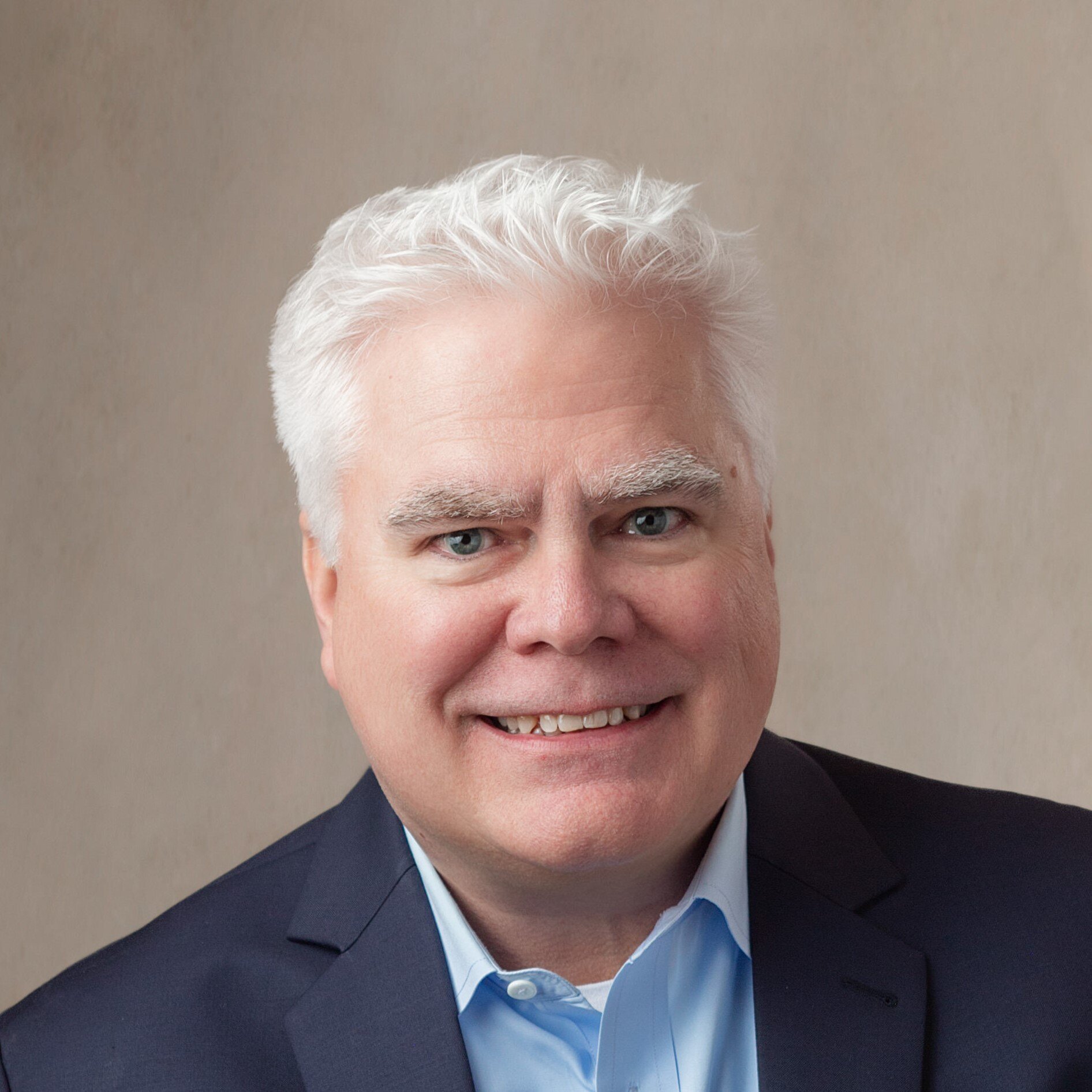It’s not easy being a Regional Director in a pharmaceutical sales organization. There is a lot of pressure that comes along with the role.
/improved-regional-director-performance-to-five-stars.jpg?width=320&name=improved-regional-director-performance-to-five-stars.jpg) After all, regional directors (RDs) are frequently being pulled in different directions, trying to satisfy corporate initiatives while also catering to the unique demands of their own districts. They are initiators as well as implementers, expected to translate strategy into its most tangible form in the field. Often this leads to an unfortunate series of misalignments, miscommunications, and misdirection.
After all, regional directors (RDs) are frequently being pulled in different directions, trying to satisfy corporate initiatives while also catering to the unique demands of their own districts. They are initiators as well as implementers, expected to translate strategy into its most tangible form in the field. Often this leads to an unfortunate series of misalignments, miscommunications, and misdirection.
So what then can be done to ensure strong and consistent regional director performance in pharmaceutical sales?
The five strategies below offer a starting point for both short-term and long-term results.
Align Around One Vision
Across the broader organization, you want everyone to align around one vision and overall business strategy. Getting there requires regular communication of that common vision, the overarching strategy, and the priorities that support both to your pharmaceutical sales organization. With the RDs constantly being asked to take the broader vision and strategy and design strategies customized for their specific regions, disconnects between a region and corporate can happen easily. Thus, it is important that regional directors have frequent dialogue with key stakeholders about how regional strategies fit into the larger corporate picture and what needs to be done to align both. As corporate priorities shift to take advantage of market changes, ensure that regional strategies are agile enough to adapt. This can help to avoid prioritization issues, competing directions and performance failures.
Improve KPI Discussions
KPIs are at the core of every pharmaceutical sales organization. But, in many cases, discussions around KPIs focus on the lagging metrics, or results already achieved (or not achieved). Or organizations track too many metrics at once, which leads to confusion about priorities. What we have found over the years is that regional directors who are successful tend to focus on both leading and lagging metrics in any performance conversations. Not only that, but their conversations are mostly future-focused:
- What needs to be done at the 3-month, the 6-month and the 9-month marks to move performance in the right direction? (Here, performance means a focus on critical behaviors and results.)
- What conditions need to be in place for us to be successful?
- What barriers do we anticipate?
- What do you need from your regional leader and other key stakeholders to make this happen?
While the questions listed here are nothing new, think back to your last performance conversation with regional leaders and ask yourself – did we get stuck looking at performance gaps and missed opportunities? Or did we spend most of the time focusing the regional leaders and their teams on what’s ahead?
Ensure Clear Operating Parameters
RDs need a certain level of independence to navigate the different needs within their regions. But they also need to have clear boundaries around the constraints they are working within to satisfy corporate initiatives. Frequent communication should make it clear where they have flexibility and where there are limitations. Given the fast-moving nature of pharmaceutical sales, RDs should keep revisiting this discussion with their leaders and check for agreement to ensure ongoing alignment.
Consider the Talent Pipeline
Developing talent and ensuring a strong pipeline is critical for pharmaceutical sales organizations. RD positions often have a high level of turnover and RDs themselves are constantly challenged with attracting, developing and retaining talent. As a sales leader, ask yourself:
- Do your RDs have the right talent in their regions?
- Are your RDs motivated to stay? How do you know?
- Do you have a succession plan for your RDs?
Not having a clear answer to the questions above and a good action plan in place can have a negative impact on pharmaceutical sales performance, both short- and long-term.
As you look at your regional talent, make sure to answer questions such as:
- Do we have the right talent in place in key positions?
- Have we identified who is high/medium/low risk for leaving and their overall value to the company?
- Are we regularly reviewing and updating succession and onboarding plans to ensure quick transitions in cases of turnover?
- Are top performers getting the recognition they deserve (financial and otherwise)?
- Are poor performers being addressed so as not to demotivate the team?
- Have we given appropriate opportunities and support for to key performers?
Boost Relationship-Building
Regional directors have one primary focus – making their own region successful. Top-performing pharmaceutical sales organizations understand the value of encouraging organization-wide networks and collaboration across regional directors.
RDs should be expected and encouraged to foster a network among their peers. Sharing new ideas, best practices, barriers and failures with leaders in other regions can keep pharmaceutical sales organizations nimble and help avoid common mistakes. These valued relationships also tend to create stronger attachment and can have a positive impact on turnover.
Using these five tips above, deployed with commitment and focus, can help drive performance and retain top talent by creating a unique balance of competition and collaboration among regional directors.
Discover more tips to transform your pharmaceutical sales organization into a high-performance machine. Schedule a complimentary 30-minute pharmaceutical sales consultation with the team of behavioral experts at ALULA to get started unleashing the untapped potential within your organization. Click below to schedule your complimentary consultation now.


















Conversation